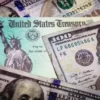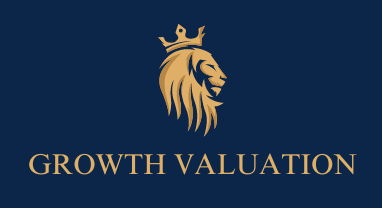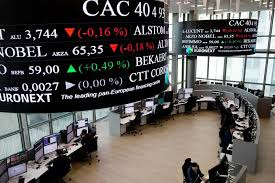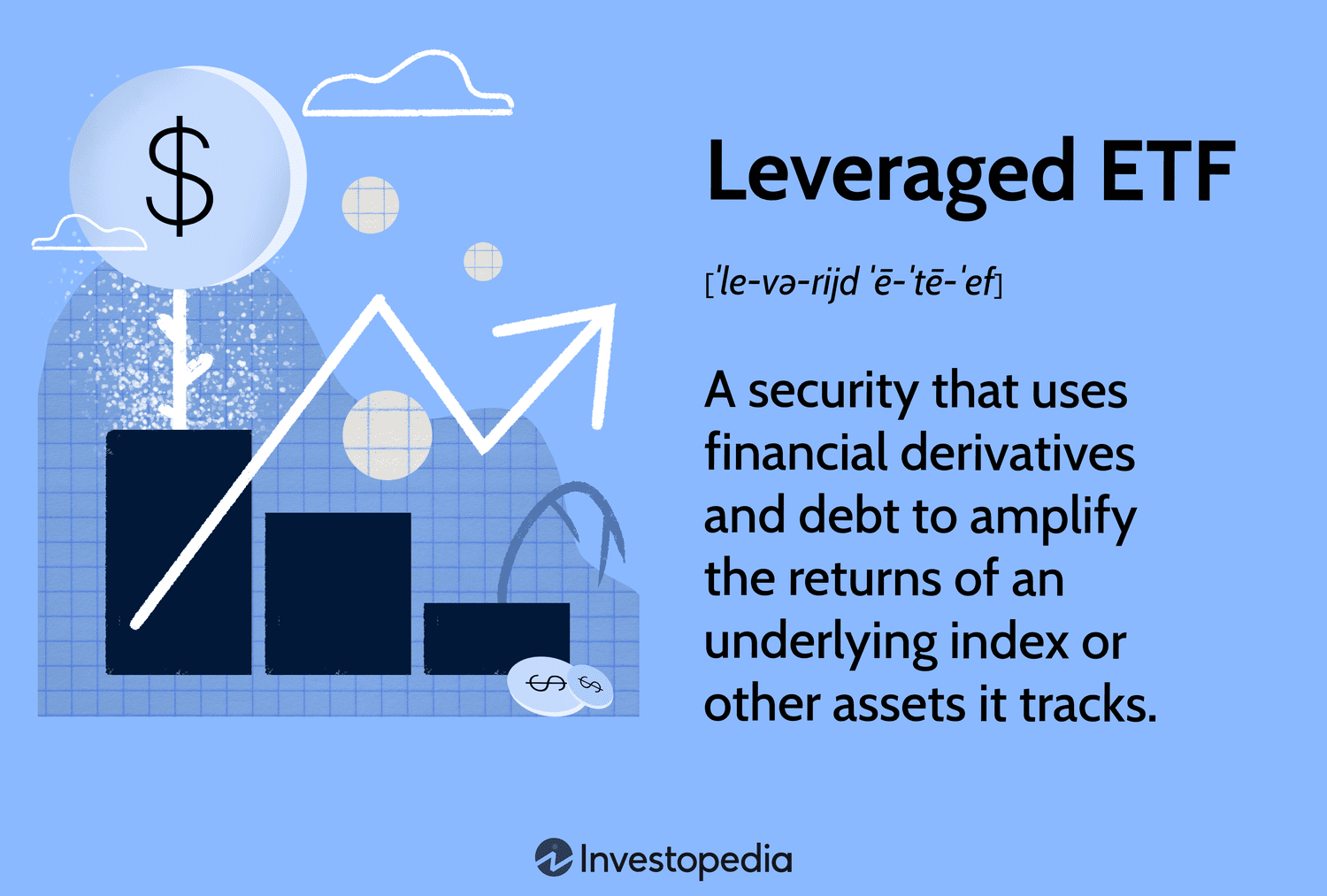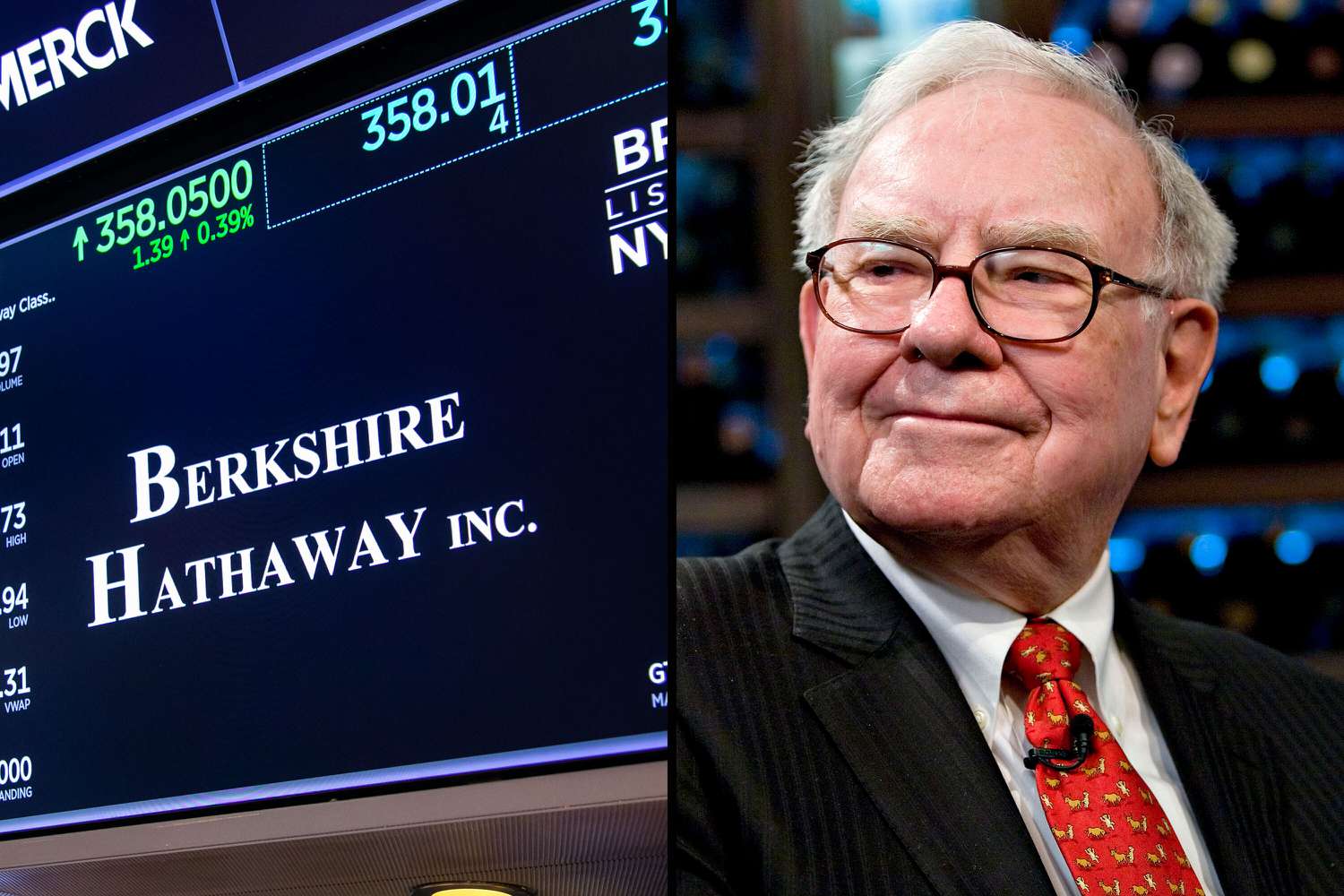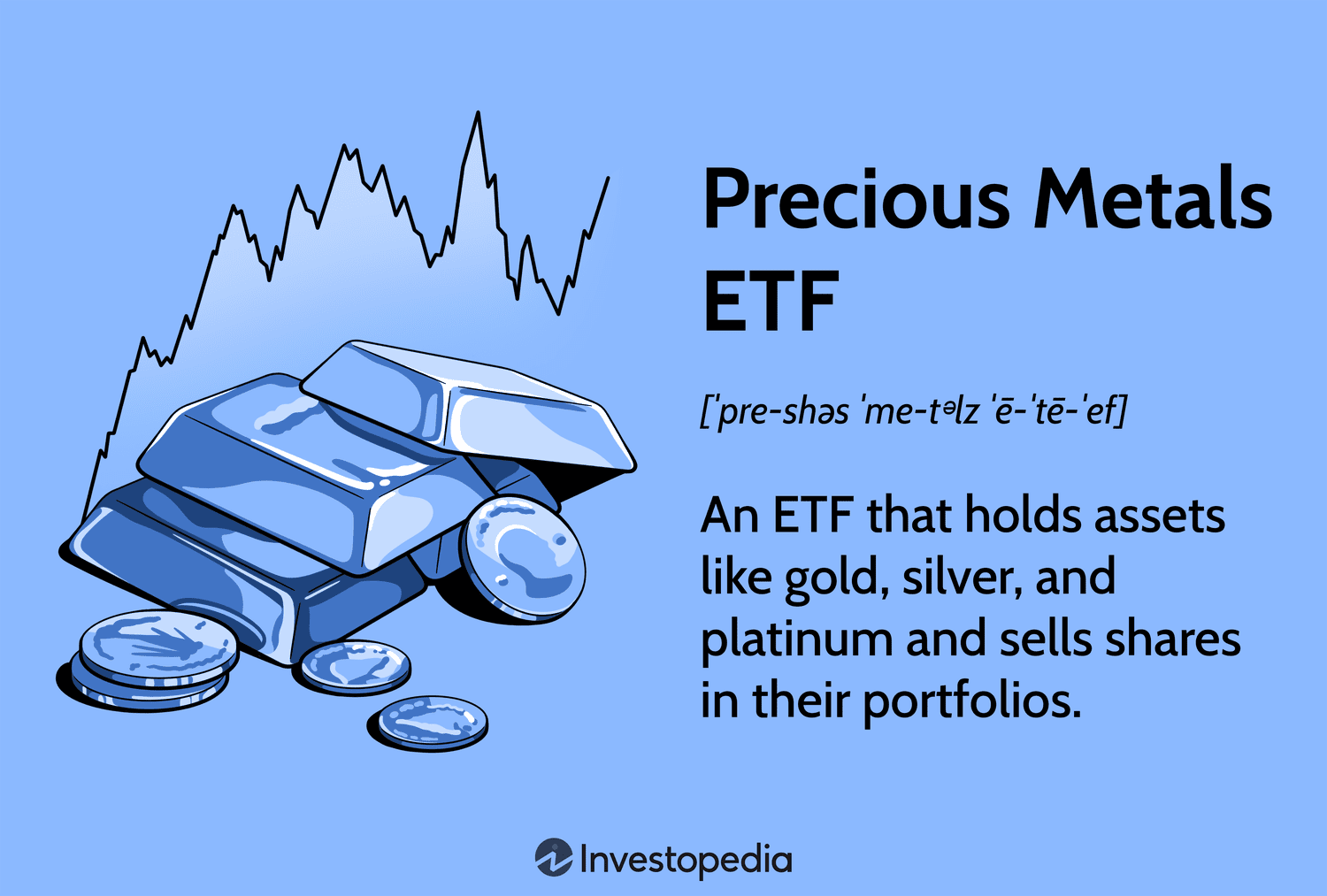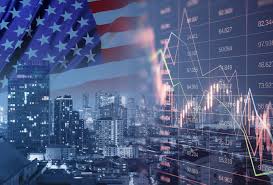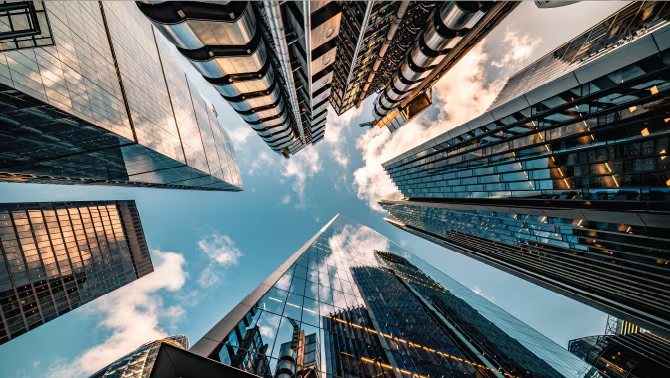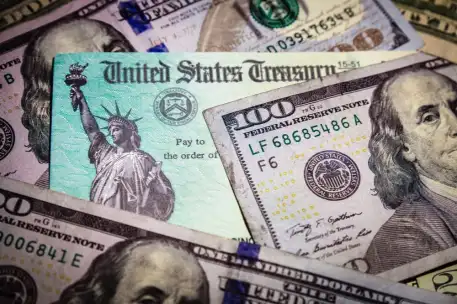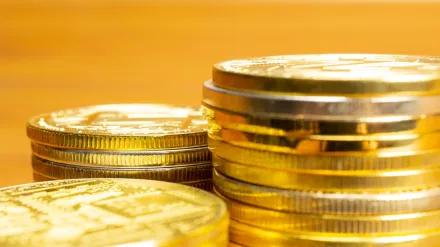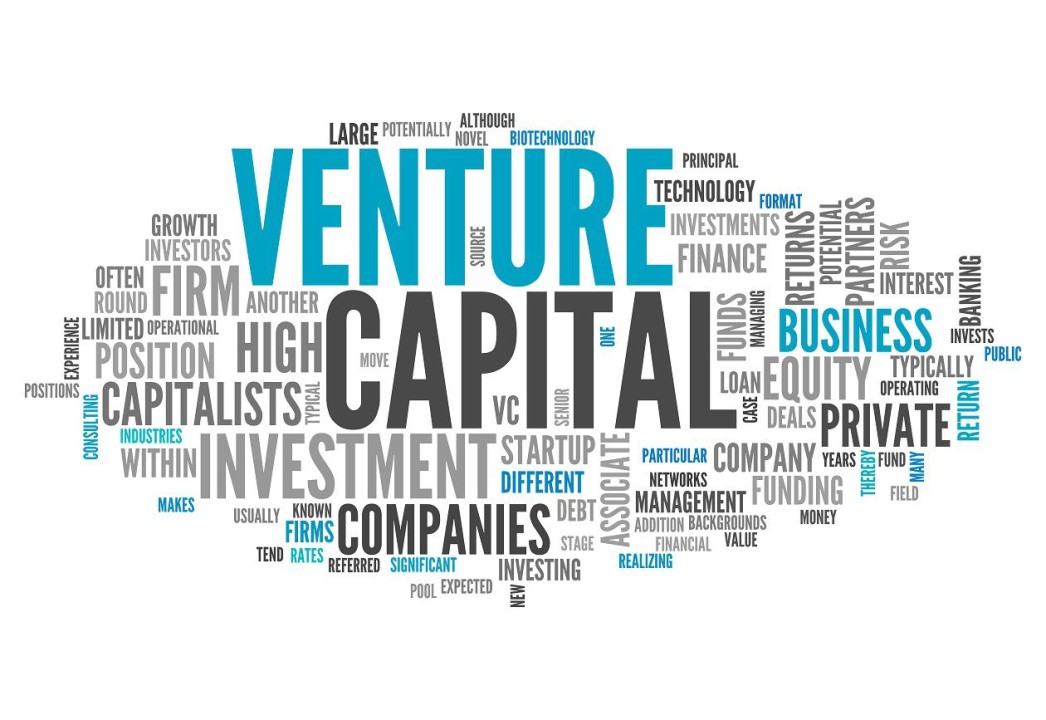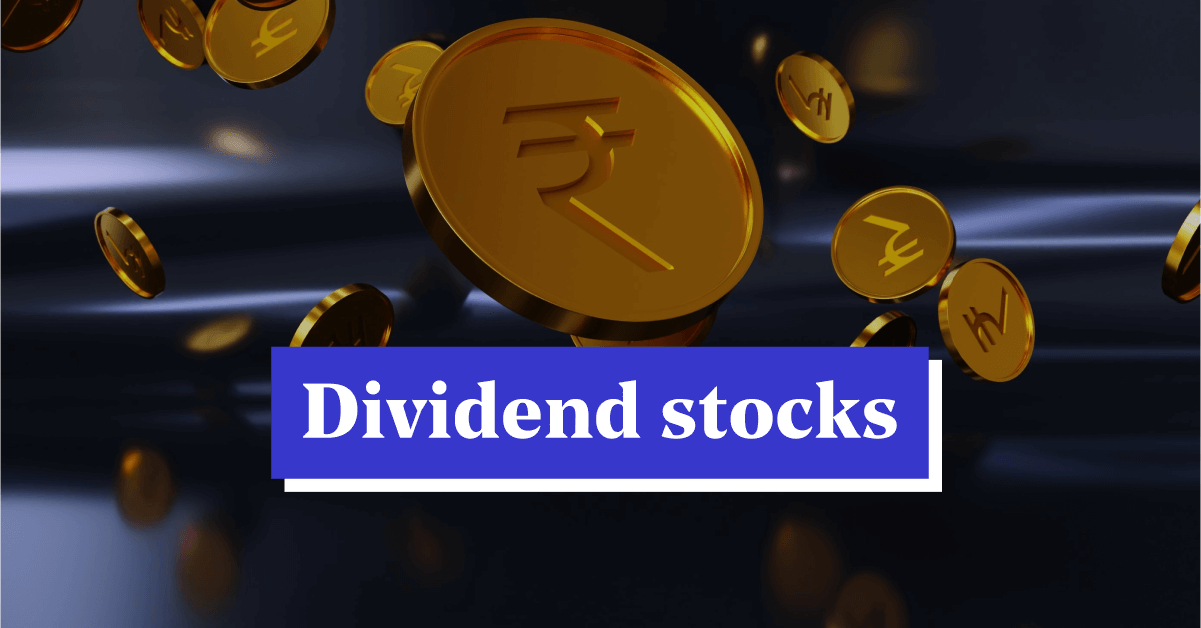

Dividend-paying stalwarts such as JPMorgan Chase and Merck are primed to fare better in the coming year, some investors said. With highflying tech stocks looking expensive and falling interest rates potentially denting the appeal of bonds, dividend shares look good, they said.
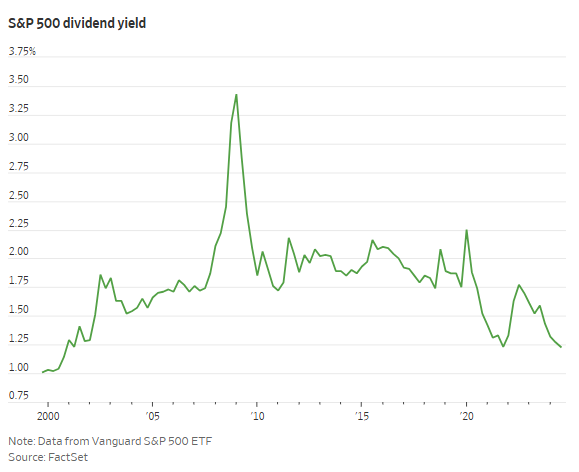
Investors typically flock to the dividend payers in down markets or when the economic outlook turns cloudy. Indeed, many companies with big payouts, including utilities and consumer staples, produce stable earnings in any weather. In rallies, though, their shares tend to lag behind.
That would be a welcome sight for dividend investors, as large U.S. companies’ payouts haven’t kept pace with the market’s rally.
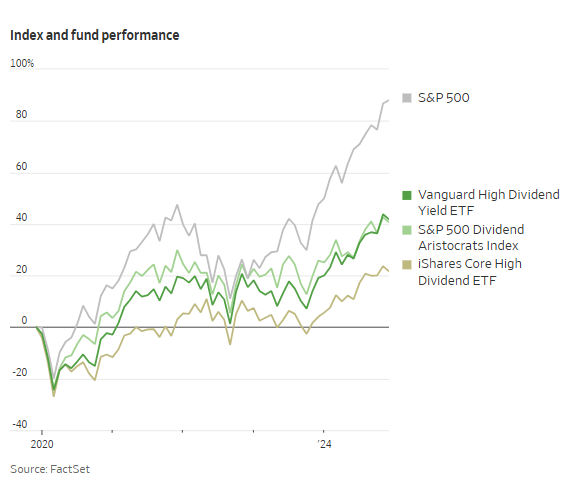
The S&P 500 Dividend Aristocrats Index, which includes 66 companies that have raised their dividends every year for the past 25 years, has struggled to keep pace with the broader market since 2020. Big dividend payers staged a comeback in 2022, as fears of a recession drew investors to utilities, consumer goods and other steadier sectors.
The moment was short-lived; by 2023, rising interest rates began to lift the returns of bonds and money-market funds above what dividend stocks yielded. Major companies tightened their grip on cash as they adopted a sit-and-wait approach toward economic uncertainty. And this year, many of the same dominant stocks of the Covid era are once again leading the market to record highs.
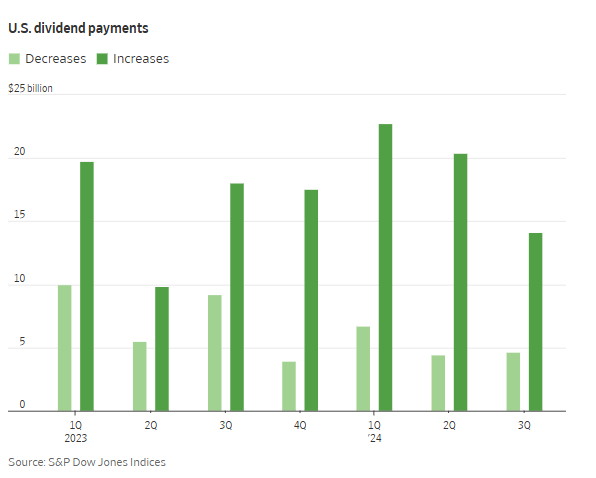
The top-heavy S&P 500 has produced a total return of 28% this year, including price gains and dividend payments, well ahead of the S&P 500 Dividend Aristocrats’ 14%. Dividend exchange-traded funds from BlackRock, Charles Schwab and Vanguard returned between 13% and 20%.
In a sign of the demand, even big tech companies have started to pay dividends, with Meta Platforms and Alphabet offering payouts to shareholders this year for the first time. They contributed about 25% of total U.S. underlying dividend growth in the third quarter, according to Janus Henderson.

